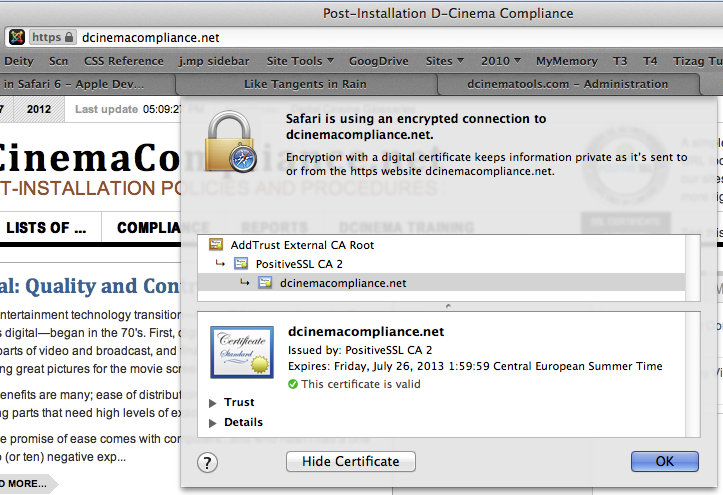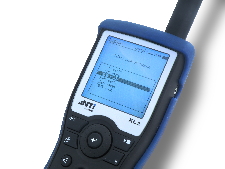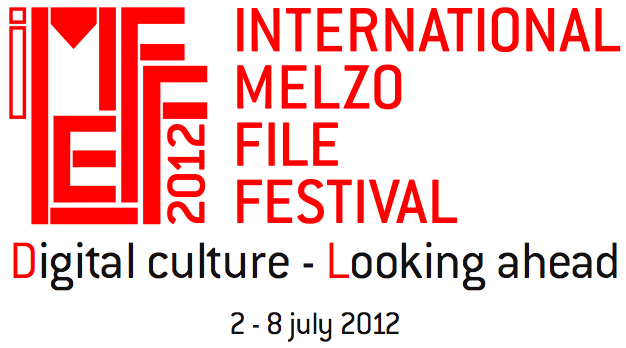The panel of experts didn’t always merely show the warm and fuzzy side of the matters that Marty Shindler wondrously navigated them through. Under the ‘never-a-dull-moment’ microscope were the very real effects of consolidation, Alternative Content and Event Cinema, the impact and need for tentpole movies examined for every market, technology that ranged from plush chairs to lasers, woven with the continuing aspects of 3D, and how new entries will or won’t be making headway into established business (mostly, won’t).
During the days when the Studios got their hands slapped for too much integration, “Exhibition” entirely meant movie theaters. As a few studios then owned the lion’s share of production facilities and theaters they were also able to control the artists and financing and everything else involved. Since those court cases of the 1940s – 75 years ago, eh? – there has been a lot of care so this would never happen again. With only a few examples to the contrary, studios are quite divested from theaters.
That can’t be said, of course, for the other means of distribution. Last week’s Comcast bid to purchase DreamWorks Animation put the spotlight on their ownership of another animation studio Illumination Entertainment (known for launching the Despicable Me franchise), …and oh, by the way, Universal Studios and the two TV studios on their Universal City lot, Univision and NBC, and the theme park on top of the hill named Universal Studios Hollywood (“The Entertainment Capital of L.A.”). Comcast was prevented from a hostile takeover of Disney in 2004 and a friendly takeover of Time-Warner Cable by the FCC last year because of the amount of distribution they already had and would have. They still control 20% of the US links into homes. (For comparison, in today’s news Charter Communications was allowed by the FCC to take over Time-Warner Cable, giving them a 22% broadband marketshare.) But, to the letter of the law, no theaters.
Of course, this is not peculiar to them. Disney and Sony and Fox and Warner Bros are similarly vested in many of the same ways. Without a representative on stage, it was still their health, driven by their tentpole movies, that the symposium centered upon. On the contrary, theater owners Regal and AMC own Open Road Films, which produced last year’s Academy Award Best Picture and Best Original Screenplay winner, Spotlight. And AMC’s owner Wanda has purchased the film finance/production group, Legendary Entertainment, which helped finance blockbuster hits such as The Dark Knight, Inception and Straight Outta Compton, among others.
Likewise on the dais, represented and pointed out by AMC’s President of Programming, Bob Lenihan, the theater chains are no slouches with joint partnerships among the other largest chains of new entertainment product (movies, essentially, though not entirely) and advertising and ticketing companies…and distribution. The largest satellite distribution company, DCDC, is owned by AMC Theatres, Cinemark Theatres, Regal Entertainment Group, Universal Pictures and Warner Bros. which put movies onto 58% of US screens last year, plus several dozen “special events” including 5 live events.
The arc of Other Digital Stuff getting into cinema theaters has been a slow and haphazard one, filled with the promise of bringing the cinema’s unique social atmosphere to the entire range of high-profile events such as sports and opera, delivering both large productions world-wide and local content to distant diaspora. Several companies bet that they could break even installing equipment and use that installed base as a platform for a distribution empire of alternative content and special events. Several big companies lost big-time on that bet, starting with a spin-off of the giant broadcast manufacturing group EVS, whose large investments (among others) into dcinex was absorbed with little fanfare into Ymagis last year, and the earliest obvious success that has also morphed several times without attaining the traction that potential and bright ideas (and a lot of hard work and investment) promised, Cinedigm, né Access IT.
The dream and promise of low-cost distribution to the cinema (no need to make and fly prints all over the world) and easy programming flexibility at the cinema (Theater Management tools that decrease the team head-count at every point of the chain from the studio to the nonexistent projectionist), became a topic that flew by. “How does a small production get into the big cinema chains, in an era when new ‘studios’ such as Amazon are making their play.” With a large bit of the oxygen leaving the room, the panelist answered, “They don’t.” When another panelist tried to put a positive spin on a different small production’s attempt as having “so-so” results, he re-gained the audience’s sympathy by saying, “We would have killed for ‘so-so’.
That’s when it becomes obvious that each sector that looks like a giant monolith worthy of the Justice Departments scrutiny and other segments enmity, each are still an agglomeration of small entities trying to make their mark. Dolby, represented by the same Doug Darrow who steered the choppy waters of Texas Iinstrument’s digital cinema efforts when the path was obvious but no roads or bridges built, let us know that their successful Atmos system, by far the leader in immersive sound from artist viewpoint to installed base and customer respect, has 1,400 installations.
Given that it is still early days since the system’s release at CinemaCon four years ago, it is still a small number compared to the total number of screens that is approaching one hundred times that many. SMPTE arranged with AMC and Dolby a special set of High Dynamic Range (HDR) presentations after CinemaCon and before NAB that showed off the latest iteration of Dolby Vision at AMC Prime. That still boutique set of technologies known as DolbyVision (Dolby Million-to-One Contrast, High Brightness Laser Technology with comfortable chairs among other highlights) is still only two orders of magnitude smaller after a year of installations worldwide. …hardly a monolith compared to the 800 screen boutique of IMAX.
Dolby sits at the table with a market cap of USD$4.5 billion, IMAX, represented by the recently feted Phil Groves (SVP and EVP of International Distribution) sits at USD$2.25 billion. AMC at USD$2.8 billion, though purchased last year by the Wanda Group, a former property management group with a market cap of USD$30 billion, USD$18 billion of that now generally accepted to be the value of the Wanda Cinema Line…though only a billion of which comes from the 2,000 screens it has throughout China.
Duncan Stewart, Director of Research; Technology, Media and Telecommunications for Deloitte flew in from Toronto. Deloitte is a private firm, with a market cap valued at far over USD$100 billion, and famous for their CEO’s prediction of adding nearly 20,000 net jobs this year. Chris started out the quip-fest, with remarks that showed that a company in its position doesn’t have to cater to anyone – unlike your author who has to make nice with everyone since they all might be a customer or boss someday.
Rounding off the table, Chris Edwards who represents two private companies, The Third Floor (specializing in big-budget movie previz) and The Virtual Reality Company (specializing in the burgeoning VR creation world), who probably measures well financially though would rather talk in the value of helping develop the artists intent, some type of a pixels per idea quotient.
So, when exhibition is discussed, it means Virtual Reality and its twin AR, as well as all the streams of better pixels; high definition, wider gamut, high frame rate and lasers and immersive sound and plenty more.
Our future tech discussions will focus upon the different strategies that are developing, from the expansion of the boutique model that Dolby is implementing with their new product lines, through to Barco’s re-applying their magic to take the majority of the projector market, this time with LasersInside.









